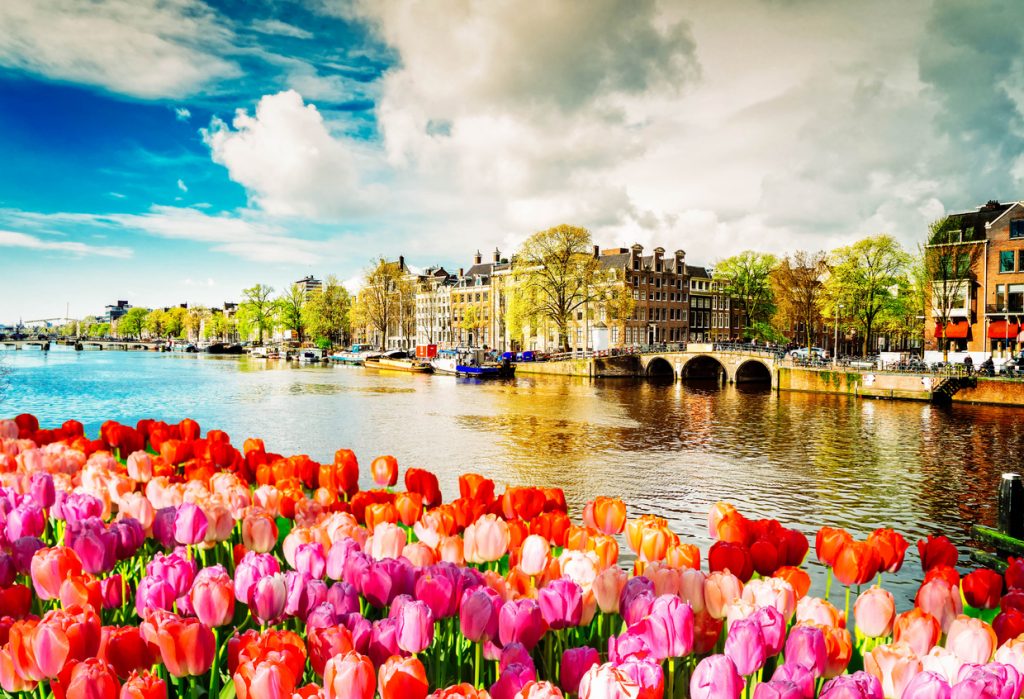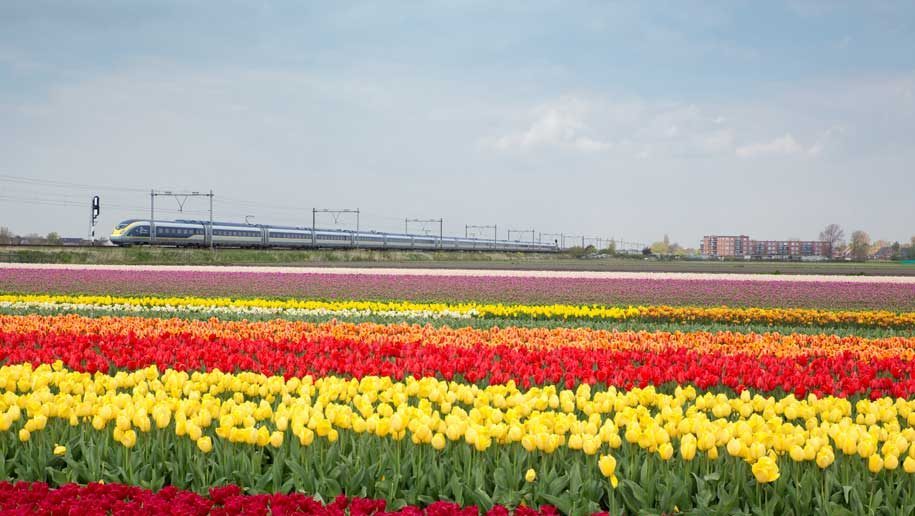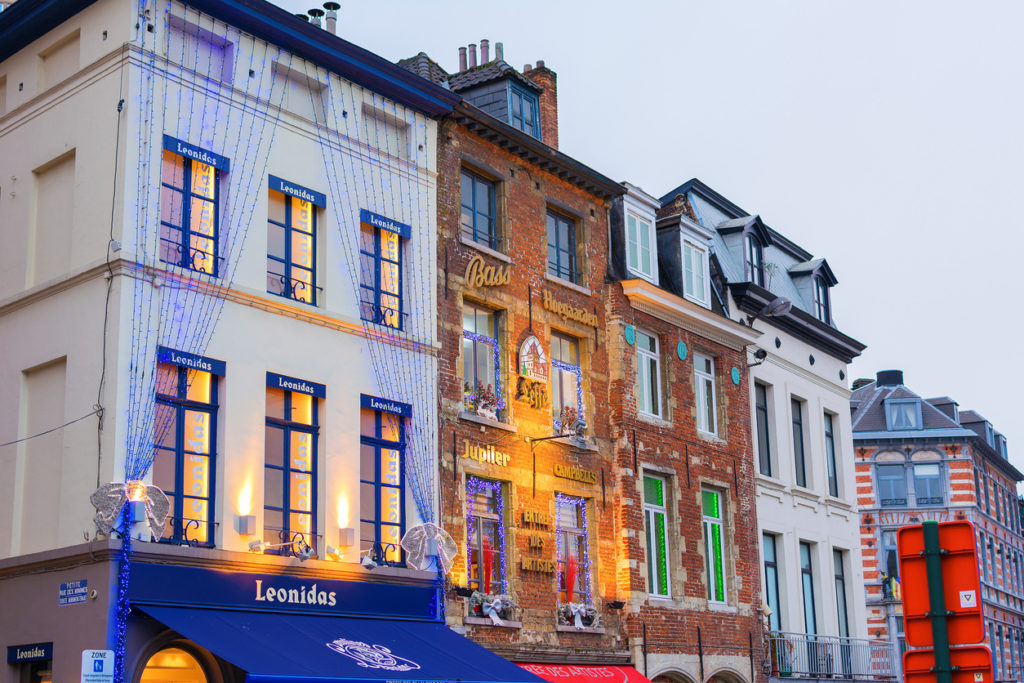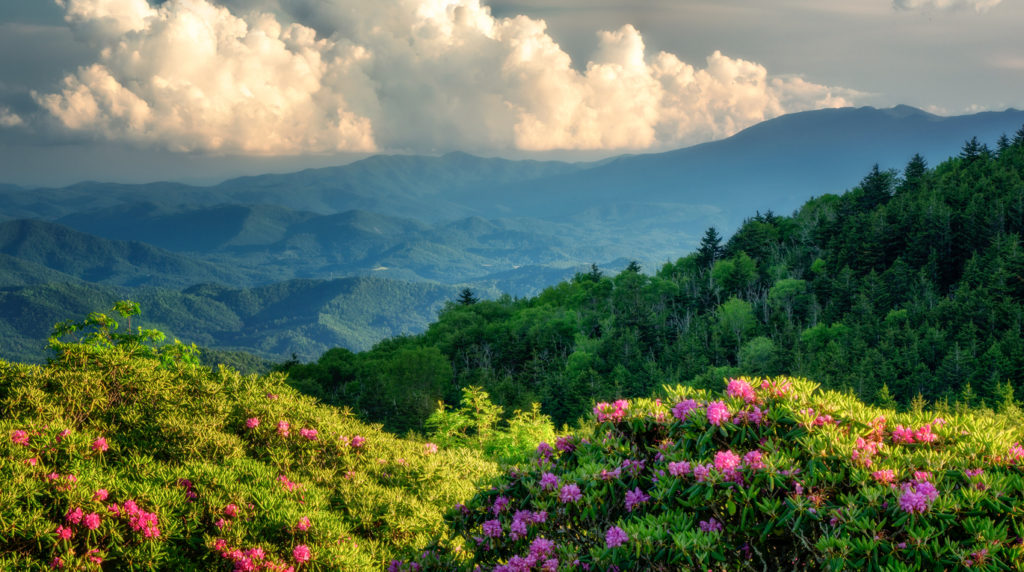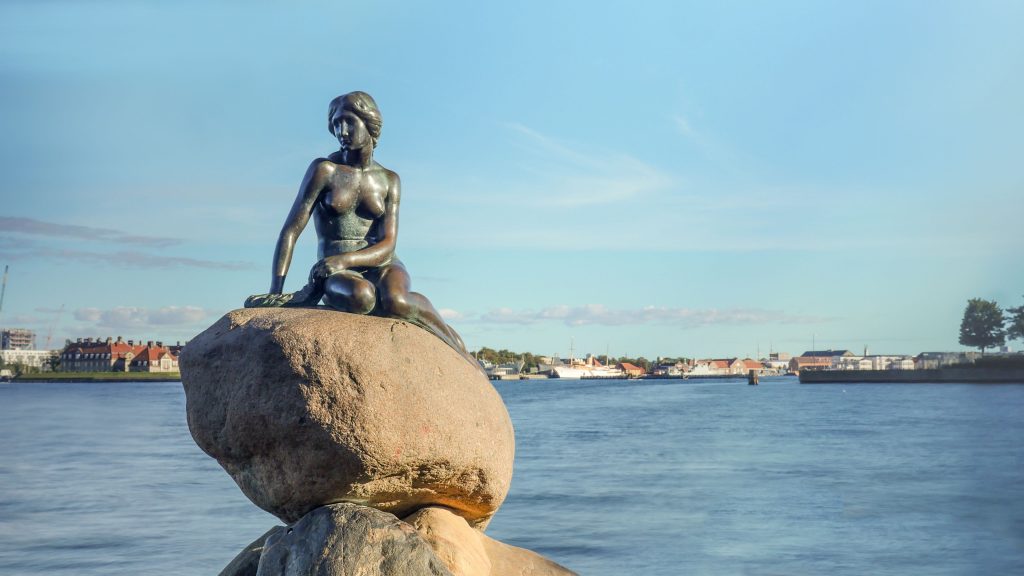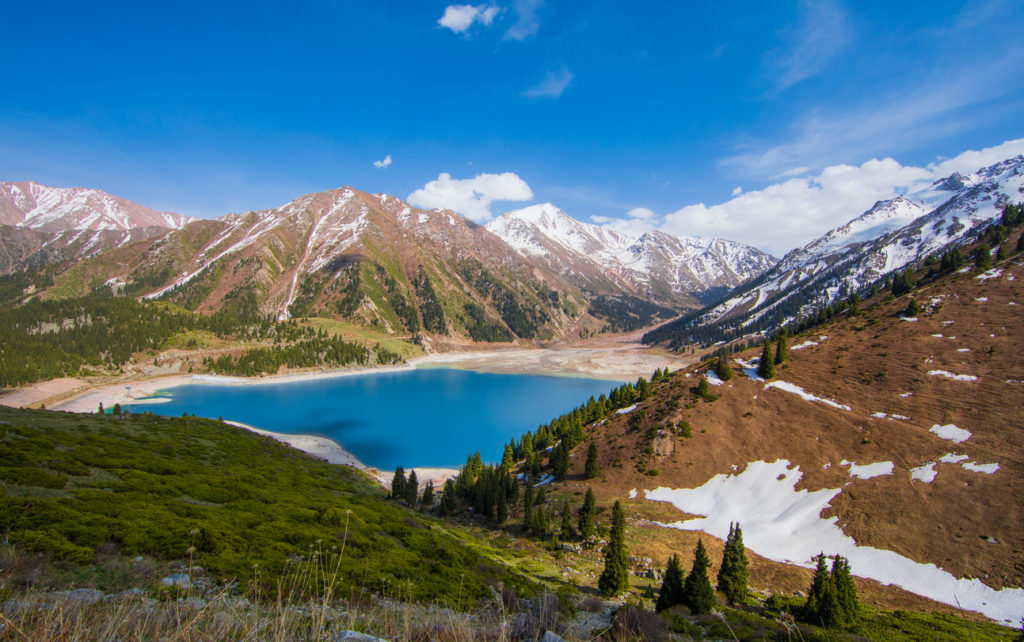
Ethiopia is a landlocked country in northeast Africa home to more than 100 million people. It is the second-most populous country on the continent, and its capital city, Addis Ababa, is one of the largest in Africa. Despite its large population, Ethiopia remains relatively undiscovered by tourists, which means you can enjoy an authentic and unspoiled experience when you travel there.
Ethiopia has long been associated with famine and poverty. And while the country has indeed suffered terribly for many decades, today, Ethiopia has one of the fastest-growing economies in the world. Its capital is proudly keeping up with the modern world and is eager to welcome travelers.
Home to one of the oldest Christian nations in the world, Ethiopia has a rich history and fascinating culture. The country is astonishingly unique and looks like no other African country you have ever visited. It often takes visitors by surprise with its dramatically mountainous scenery and vast highlands, which have nothing in common with the desert and savannahs people usually expect from an African country. And this is just the first of the many surprises Ethiopia bestows upon its visitors.
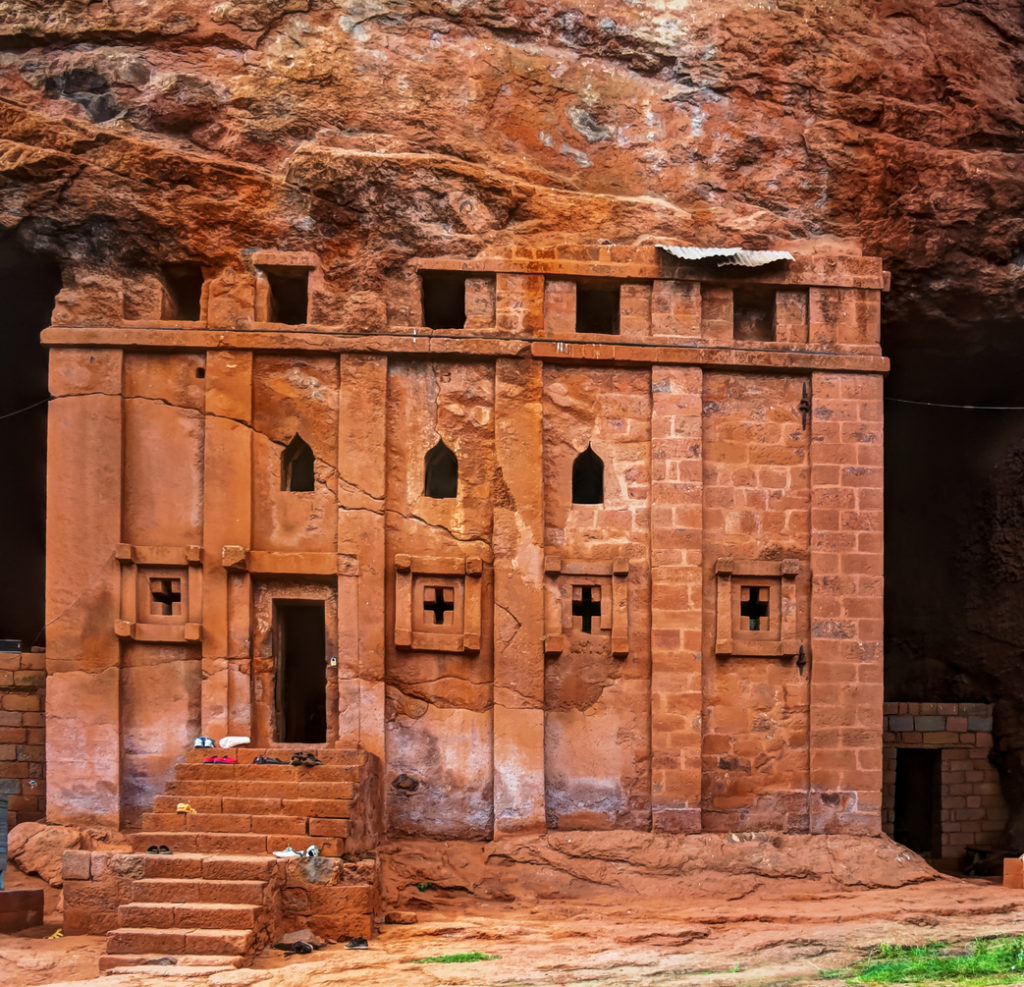
The rock-hewn churches of Lalibela
The rock-hewn churches of Lalibela are some of the most awe-inspiring and mysterious sights in all of Ethiopia. Carved from the living rock of a mountaintop with just hammers and chisels, these churches date back to the 12th century and remain an important religious site for the local Orthodox Christians.
The churches are incredibly intricate, with detailed facades and interiors that are unlike anything else in the world and reach up to 13 m. Visitors often find themselves mesmerized by the churches, wondering how such an incredible feat of architecture could have been accomplished so long ago.
Despite their age, the rock-hewn churches of Lalibela are still very much in use today. Local priests conduct regular services and pilgrims from all over Ethiopia come to worship at the site.
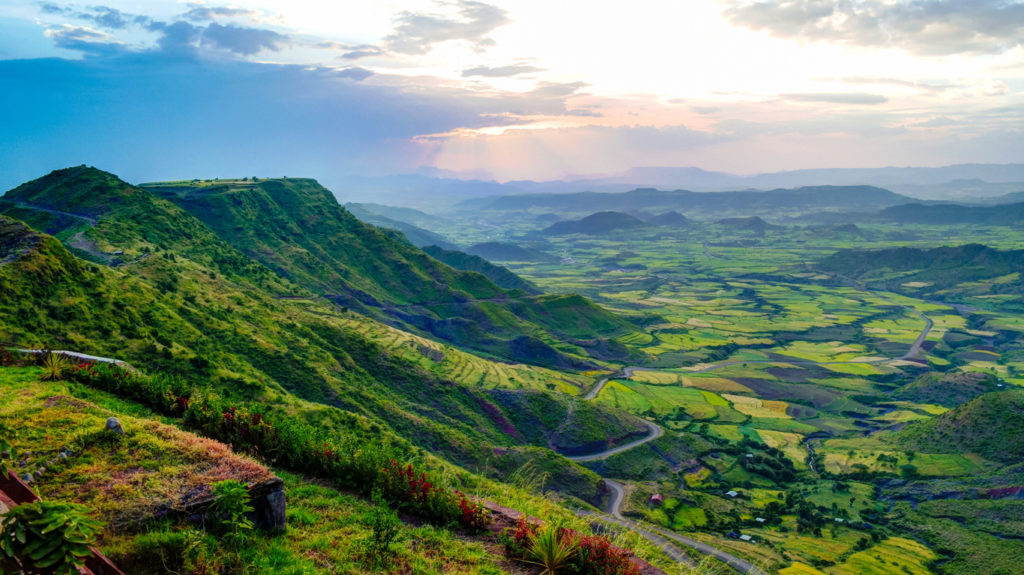
The Simien Mountains
The Simien Mountains are a stunning sight to behold. They are one of the most beautiful places on Earth, and a trip to see them is an unforgettable experience. The mountains are full of jagged cliffs, rocky ridges, and sprawling valleys, and they seem to go on forever.
Here lives a wide variety of wildlife, including some of the most endangered species in the world. The mountain range is home to baboons, geladas, lions, leopards, and Ethiopian wolves, all threatened with extinction. The Simien Mountains are one of the only places in the world where you can see the Ethiopian wolf in its natural habitat. These rare and beautiful creatures are endangered, with only around 500 remaining in the wild.
The mountains are also home to a variety of birds, including the lammergeier, or bearded vulture, the largest bird of prey in Africa. With its 2.5 m wingspan, the lammergeier is an impressive appearance that will undoubtedly take your breath away.
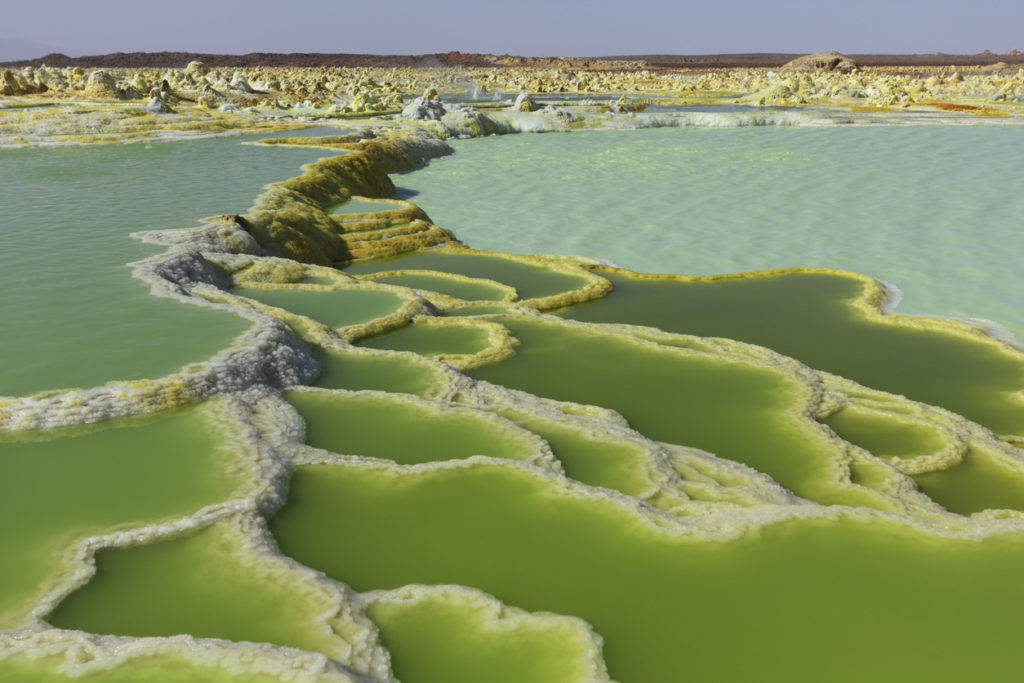
The Danakil Depression
The Danakil Depression is a place like no other on Earth. It is a vast and lonely desert, baking in the heat of the sun and filled with some of the most inhospitable terrain imaginable. It is a place where the earth seems to have gone mad, and where no living thing can survive for long.
And yet, in spite of all this, the Danakil Depression is also a place of great beauty. The lifeless desert landscape is punctuated by colorful lakes, bubbling geysers, and towering volcanoes. It is a place where the Earth’s crust is thin, and the forces that shape our planet are visible to the naked eye.
For those brave enough to venture into this strange and hostile landscape, the Danakil Depression is an unforgettable experience. Here you’ll discover the Earth in a way that is both beautiful and brutal, and where you will never forget that we are all just visitors on this planet.
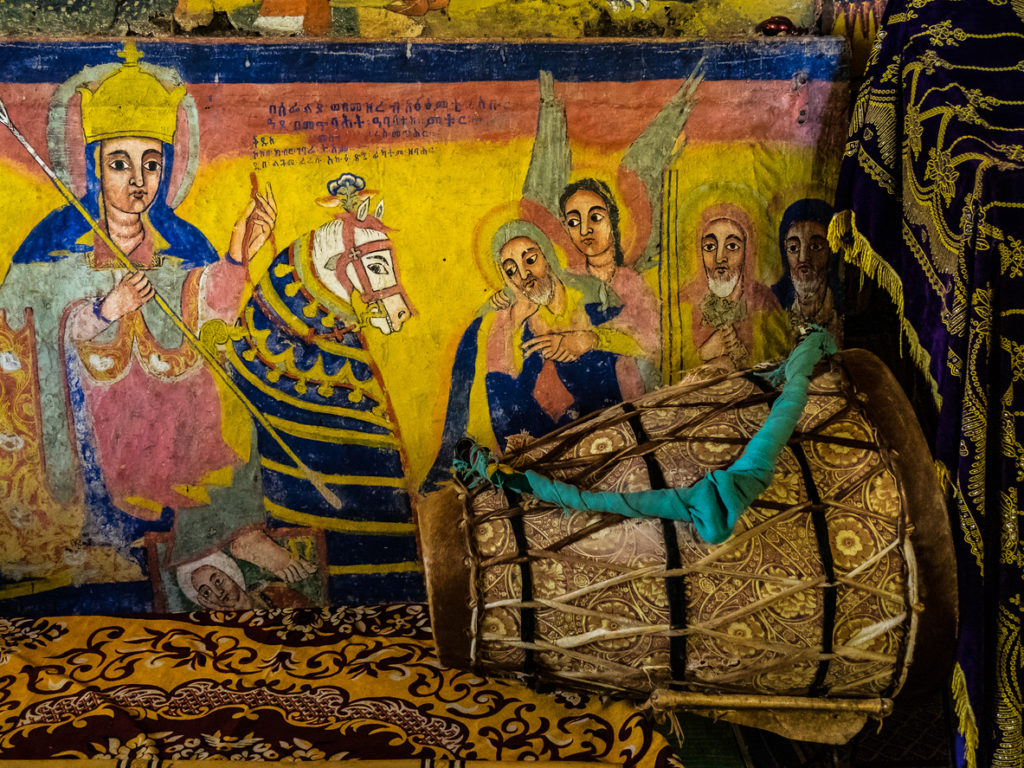
The Lake Tana Region
The Lake Tana Region in Ethiopia is a surreal sight. Its clear blue waters stretch out as far as the eye can see, and its majestic mountains loom in the distance. This is a place where time seems to stand still, and where the sound of the wind and the waves is all you can hear.
The region is also visited because of its over 30 monasteries. Sitting serenely on the islands of Lake Take, these monasteries are some of the most important religious sites in Ethiopia. Many of the monasteries are also home to fascinating religious relics, such as manuscripts and paintings.
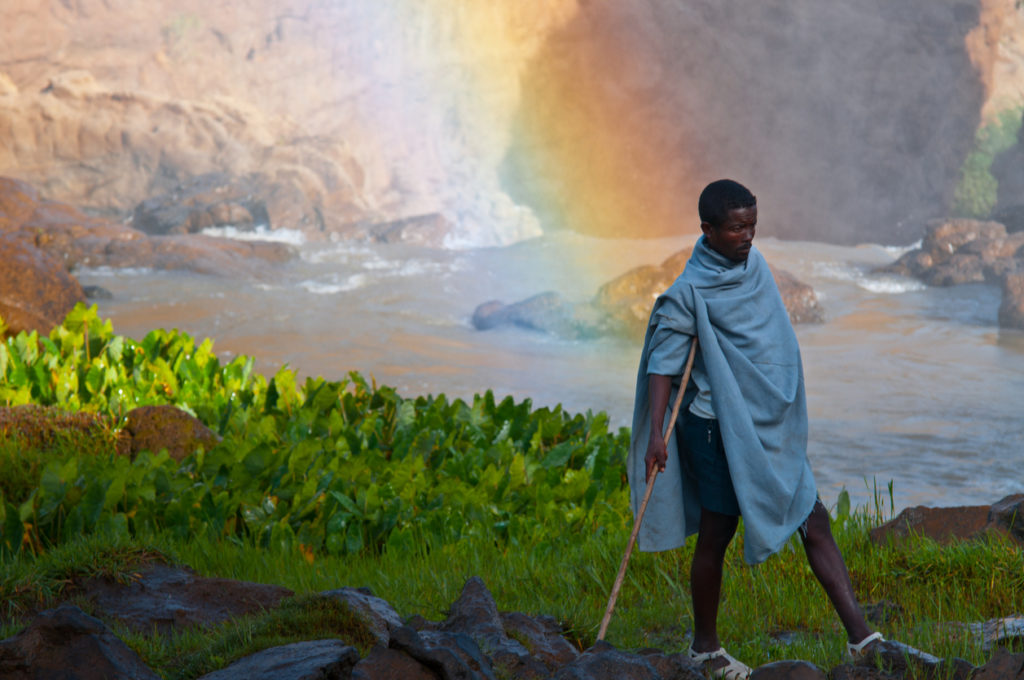
The Blue Nile Falls
The Blue Nile Falls are located on the edge of the Blue Nile Gorge and are part of the Blue Nile River, which flows from Lake Tana in the north to Sudan in the south. The falls are one of the wonders of Ethiopia because of their sheer size and power.
At 5,000 feet wide and 320 feet high, the falls are one of the widest and tallest waterfalls in the world. The rushing water creates a deafening roar and a spray of mist that can be seen from miles away. The Blue Nile Falls are truly spectacular and one of the most popular tourist destinations in Ethiopia.
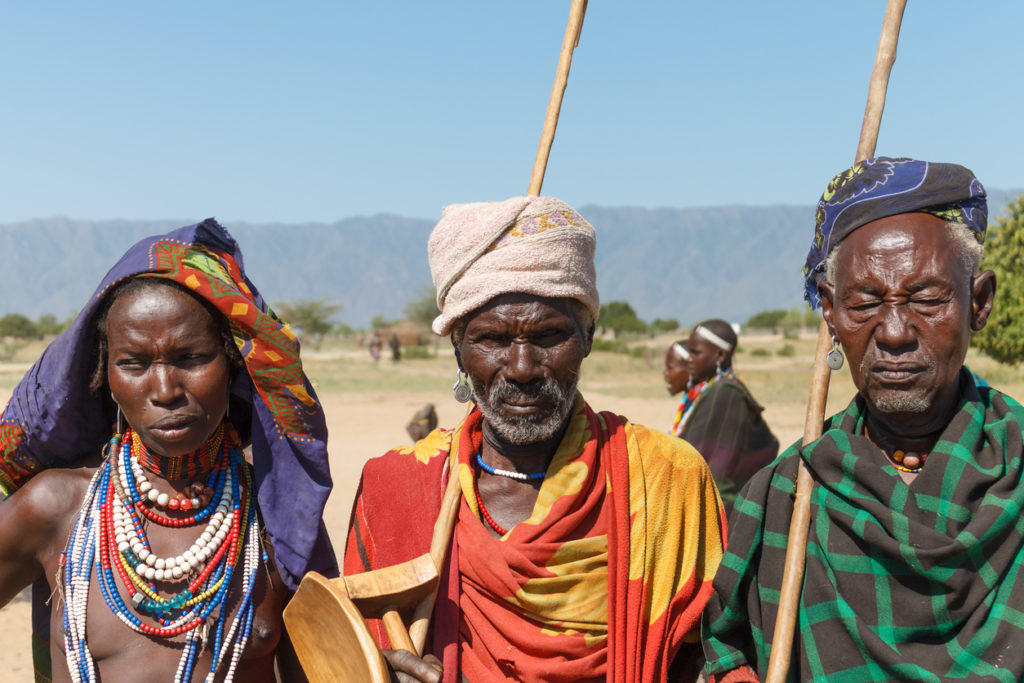
The Omo Valley
The Omo Valley is a remote and inaccessible region. Here time has stood still, and the local people live their lives as they have for centuries. Captured under the spell of lush green hills and rushing rivers, the valley opens the door to a dramatically different way of life.
Here live some of the most isolated tribes in Ethiopia, including the Mursi, the Surma, the Hamar, and the Hamer. These tribes are known for their unique customs and traditions, which include body painting, scarification, and lip plate wearing.
Visit the cradle of civilization, ancient ruins, and dusty landscapes. Try the honey-sweet coffee and succulent injera bread. Feel the warm embrace of a people who have opened their hearts and homes to travelers from around the world. There is no other place like Ethiopia, a land where past and present collide to create an experience that is wholly unique.

